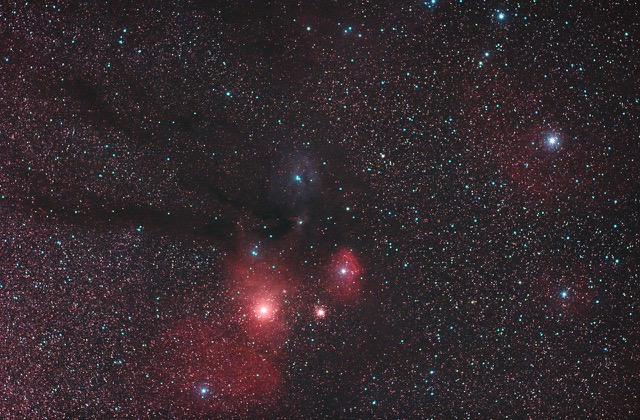Astrofoto (c) Univ. Prof. Dr. Gilbert Reibnegger
On the occasion of the Days of PERSEIDEN-SCHAUER
amateur stargazer Univ.Prof. Dr. Gilbert Reibnegger will show slides of his constellations and impart a little basic knowledge, both about the starry sky and celestial mechanics.
If the weather is clear, those interested will have the opportunity to look through the telescope and identify various celestial bodies.
It can get chilly in the evening!!!
It is well known that the Earth revolves around its own axis once in 24 hours, whereas it revolves around our Sun only once in a year (we call the Earth’s orbit around the Sun the ecliptic).
If you were to draw an exact line in the night sky from north to south, you would get the meridian. Halfway between north and south – directly above the observation point – is the zenith, the highest point in the sky.
The coordinate system in the sky forms a fictitious sphere around the earth (celestial sphere), which is intended as an orientation aid and is the basis of celestial maps.
Right ascension (RA) and declination (Dec) are like latitude and longitude on maps, they help to determine the stars and their positions.
In the constellation Ursa Minor – Ursa Minor you will find, pretty much at the northern celestial pole, the famous polar star Polaris. It serves as a fixed point of orientation in the sky, since from the rotation of the Earth around the north-south axis, the stars in the south and north seem to revolve around a fixed point.
There are about 6,000 stars in the entire sky, 3,000 of which can still be seen with the naked eye from a fixed vantage point.
Children can see more stars than senior citizens. Their pupils are simply larger and can therefore transmit much more light. The pupil opening of a young person in his or her early 20s is therefore also twice as high (8 mm) as that of a person in his or her 60s. Thus, a young person can perceive fainter stars than an older person.
INFORMATION
- Please make reservations not later than 2 hours before the programme begins: kunstGarten@mur.at or +43 316 262787

